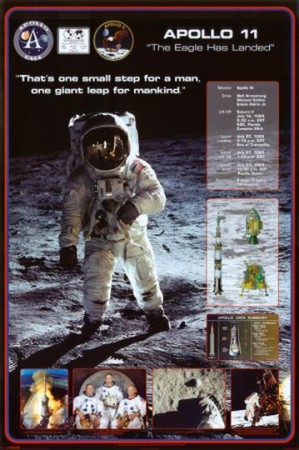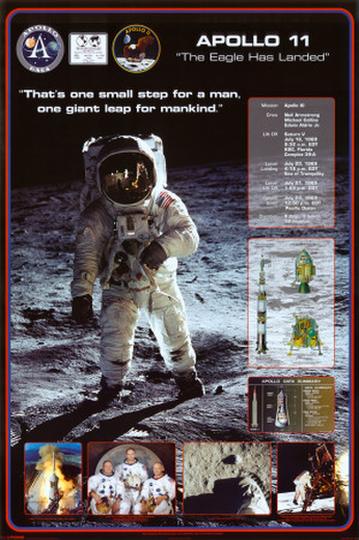“A lot of people couldn’t figure out Armstrong.”
With those words Tom Wolfe introduced Neil Armstrong, the astronaut hero of his nonfiction masterpiece, “The Right Stuff.” Armstrong, of course, was a masterpiece himself: the commander of the 1969 Apollo 11 mission and the first man ever to walk on the moon. Armstrong died Saturday from complications relating to heart surgery. He was 82.
All these decades, Armstrong, the lunar Adam, has represented a code his admirers knew better than to try to crack. Not that, early on, great literary minds—besotted by the baby-faced genius—didn’t try.
Wolfe continued: “You’d ask him a question, and he would just stare at you with those pale-blue eyes of his, and you’d start to ask the question again, figuring he hadn’t understood, and— click —out of his mouth would come forth a sequence of long, quiet, perfectly formed, precisely thought-out sentences.”
So Wolfe warned against understanding Armstrong in “The Right Stuff.” And that warning was more or less heeded, somewhat miraculously, until Armstrong’s dying day. Profilers kept their mitts off him. Hollywood starlets didn’t swoop in to wreck his family. And, most mercifully of all, Carson and Merv Griffin and Dinah Shore and Ali G and Oprah didn’t demand that he couch-surf with them.
This is astounding. In the 1960s and ’70s , the national pastime was psychologizing postwar celebrities—John F. Kennedy, Marilyn Monroe, Muhammad Ali. And once a hero is cracked open by one Vanity Fair profile, the pile-on never ends. This one had a sex addiction; this one had a chip on her shoulder; this one could never live up to his big brother.
Let’s not do that to Armstrong, Wolfe pleaded. In any case, the great man simply would not succumb. Armstrong was simply, at heart, not homo psychologico. He was homo machinator, homo ingeniator. The engineering man.
In an era when everyone was expected to evince the adolescent emotionality of Marlon Brando or Allen Ginsberg, Armstrong was resolutely adult and elegantly square. He was a Navy pilot from a small town who married a home-ec major at Purdue whom he had no recollection of courting or even proposing to. (Janet Armstrong, with whom he had three children, evidently didn’t remember any courtship either.)
Though astronauts in the time were represented as hard-partying matinee idols, Armstrong always described himself as a “white-socks, pocket-protector, nerdy engineer.” He wasn’t boasting, though engineers are, of course, the hotshots of today: the hackers and technologists who keep pushing into the new breach—the postfinal frontiers of cyberspace.
Once in 1969, Norman Mailer bullied Armstrong into saying something—anything—romantic about going to the moon. (Armstrong would have to cough up the romance, Mailer wrote, or be considered “a spiritual neuter.”) Armstrong stood his ground like a Buddha. “I think we’re going to the moon because it’s in the nature of the human being to face challenges,” he said, defying Mailer. “It’s by the nature of his deep inner soul… We’re required to do these things just as salmon swim upstream.”
Those words are perhaps the most gorgeous words the press-shy astronaut ever said, including his famous scripted line about the giant leap.
Michael Collins, an Apollo 11 crewmate, wrote that Armstrong “never transmits anything but the surface layer, and that only sparingly… I like him, but I don’t know what to make of him, or how to get to know him better.”
Maybe we weren’t meant to fully understand Armstrong. Only to hold him in awe. Like the moon itself.
Views: 148





